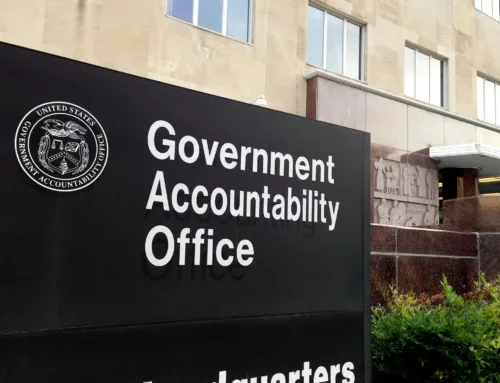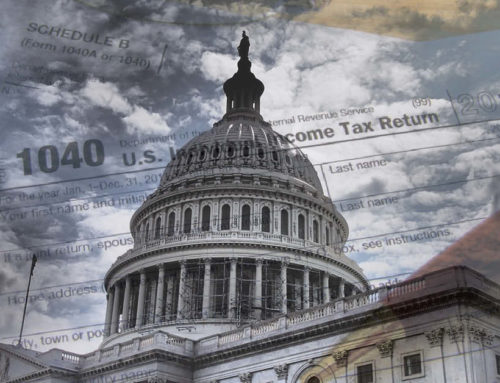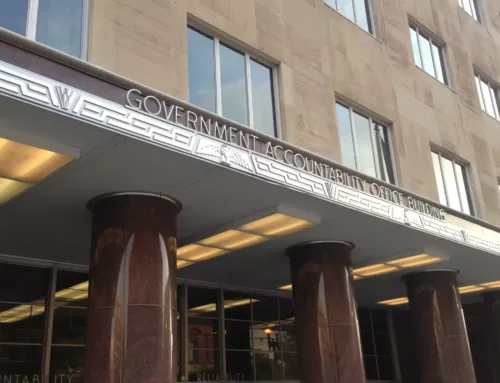Texas lawmakers have grown increasingly vocal in their opposition to flood insurance rate hikes needed to maintain the solvency of the National Flood Insurance Program and give coastal homeowners a clear understanding of the risks they face.
They must cease this campaign immediately. The new rates are necessary and long overdue; delays would only lead to even steeper increases down the road.
For years, the National Flood Insurance Program has been charging rates that are out of step with premiums in the private sector. Some properties are charged only 35 percent of their actual full-risk premium. As a result, homeowners have been blinded to the true costs and risks of where they live.
What's more, these taxpayer-subsidized rates have largely benefitted the wealthy and properties that are regularly flooded. Repetitive-loss properties represent only 1 percent of the total number of policies, yet account for 25 to 30 percent of the cost of claims. Meanwhile, a Government Accountability Office analysis found that approximately 70 percent of subsidized policies are in counties in the top 20 percent of median home values.
As a result of these disparities, the $3.6 billion the program reaps annually in premiums barely begins to cover the roughly $25 billion it owes to the U.S. Department of the Treasury.
In 2012, Congress took steps to address these issues by passing the Biggert-Waters Flood Insurance Reform Act, which calls for rate increases in high-risk areas to help shore up the flood insurance program's long-term sustainability and give policyholders better information about the risks of where they live. These changes will help establish fairness within the flood insurance program and eliminate the subsidies that force a few properties to pay the full freight while picking up the tab for others that have enjoyed subsidized premiums for decades.
Popular opposition has given the impression that changes are widespread, but in reality, about 90 percent of policyholders in Texas would be unaffected by these changes. The biggest shift will be that second homes and businesses that used to claim 38 percent of the subsidized policies nationwide will now represent only 1.5 percent of the total.
While I sympathize with concerns about affordability, it is vital that any efforts to address these concerns be supplemental and not impede the effort to put the flood insurance program on sounder financial footing.
If Congress wants to deal with affordability, its approach should be outside the National Flood Insurance Program rate structure and it should be targeted, paid for and temporary. FEMA maps, which are key to the program's success or failure because they define the nation's flood risk and the policyholder responsibility, must be up to date, accurate and based on the best available science to be effective. The concern is not a matter of local frustration, but of the long-term existence of a fiscally fragile program.
The need to remove the subsidies and shift toward risk-based rates has become even clearer after the devastating losses from Hurricanes Ike and Katrina. The Biggert-Waters bill is a good step forward to make the National Flood Insurance Program more responsible for all Americans and should proceed as enacted.










